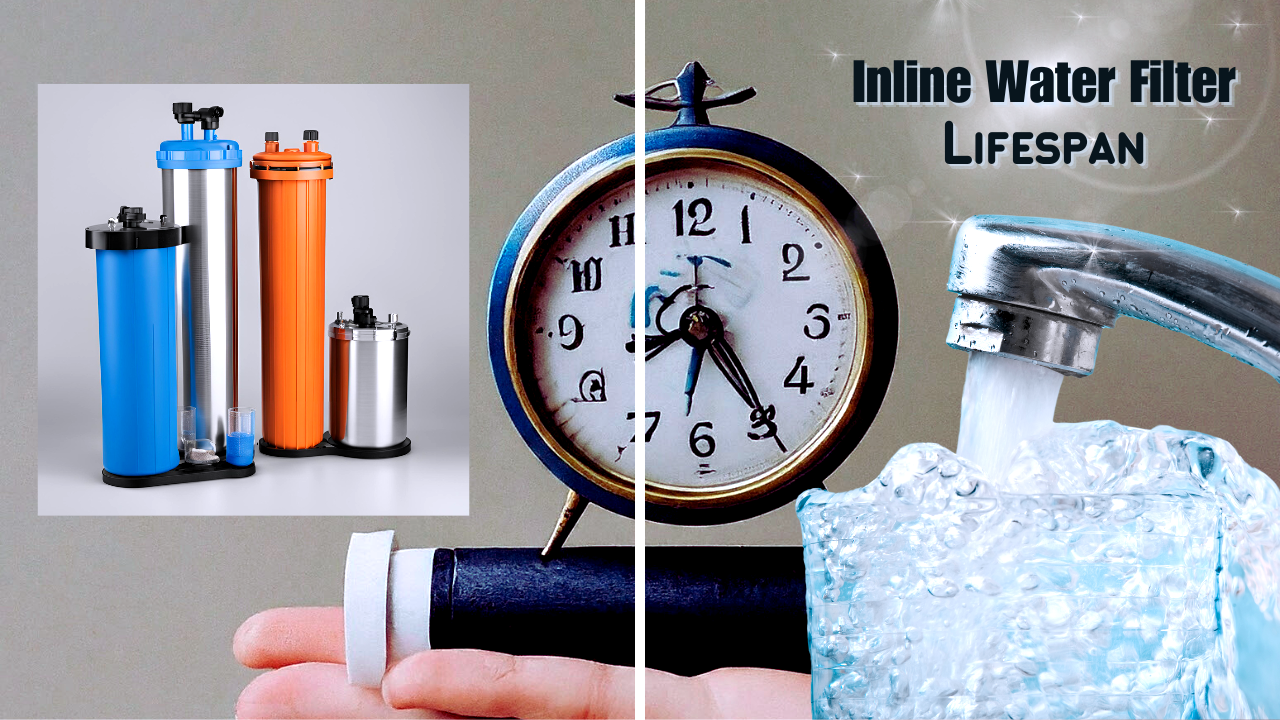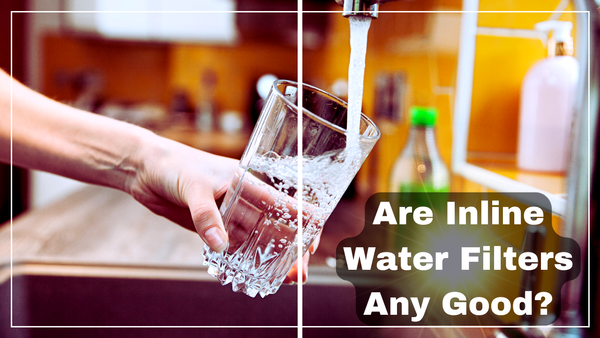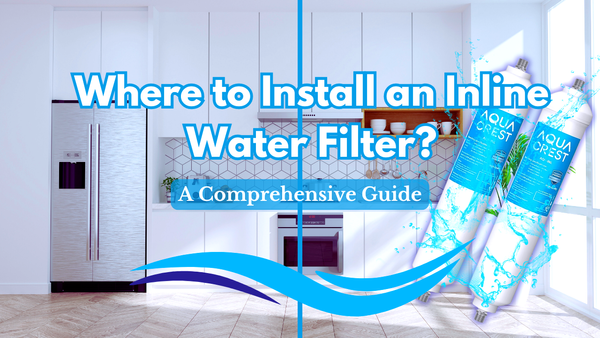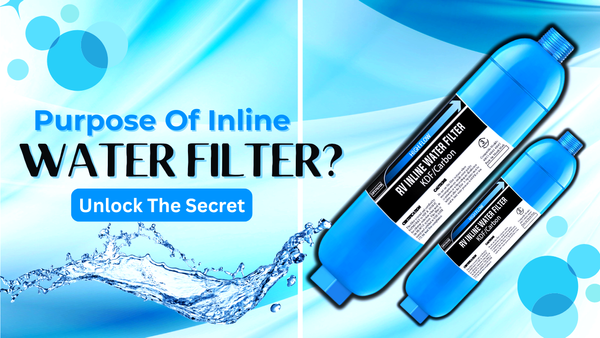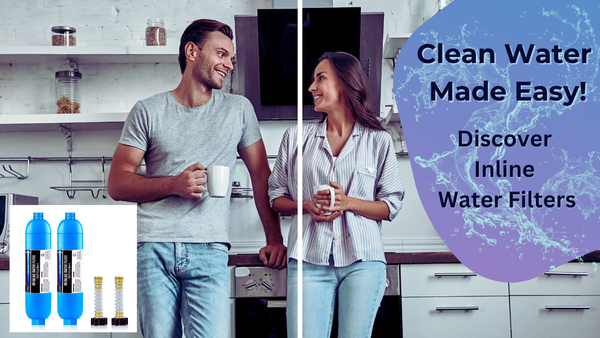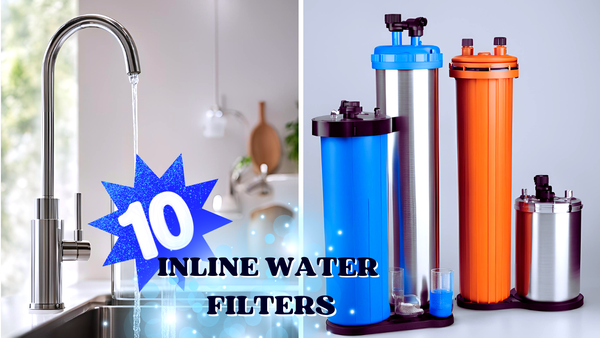Key Takeaways:
- Lifespan Varies by Type and Usage: The longevity of inline water filters depends on the type of filter and the amount of water it processes.
- Regular Maintenance is Crucial: Replacing and maintaining your filters ensures optimal performance and water quality.
- Cost-Effective Solutions: Understanding when to replace your filters can save you money and ensure you always have clean water.
Inline water filters are essential for ensuring clean and safe drinking water. But how long do these filters last? This article dives deep into the lifespan of inline water filters, providing you with all the information you need to keep your water fresh and healthy.
Understanding Inline Water Filters
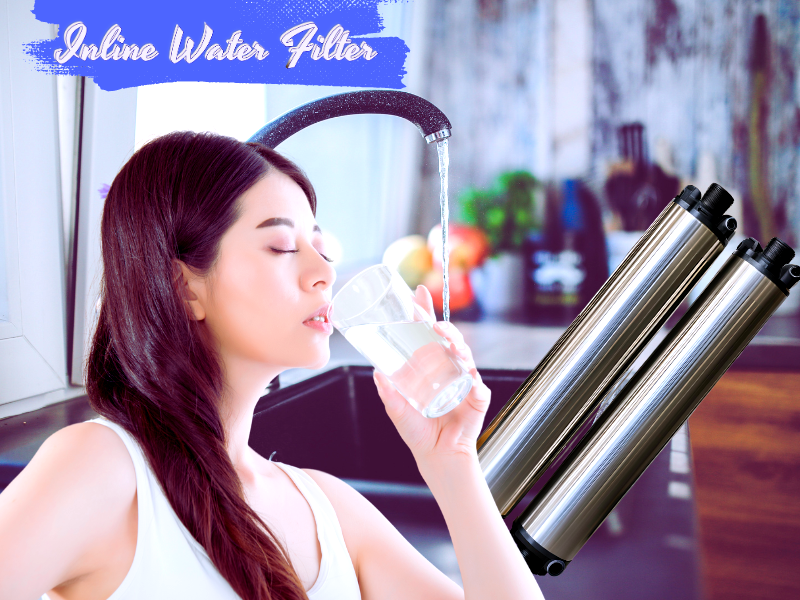
Inline filters are installed directly into the water supply line to filter tap water and give you filtered water straight from the tap. They’re popular for their convenience and effectiveness. They can be used in any setting, from kitchen sinks to whole-house filters. The main job of these filters is to remove contaminants from the water so it’s safe to drink and use.
The life of an inline filter can vary greatly depending on several factors. These include the type of filter, the quality of the water being filtered, and the amount of water being used. For example, a filter in a high-water-use household will need to be replaced more often than one in a low-water-use household.
Types of Inline Water Filters
There are several types of inline water filters, each with its own life and maintenance requirements. Each type uses a specific filter cartridge that needs to be replaced regularly to maintain water quality. The most common types are carbon filters, sediment filters, and reverse osmosis filter systems. Carbon filters are known for removing chlorine, odors, and certain contaminants from the water. Sediment filters are designed to remove larger particles like sand and rust.
Reverse osmosis filter systems are more complex and can remove a wider range of contaminants, including bacteria and lead. These systems have multiple stages of filtration, each with its own filter that needs to be replaced at different intervals. Knowing what type of filter you have is key to knowing how long it will last and when it needs to be replaced.
Factors Affecting Filter Lifespan
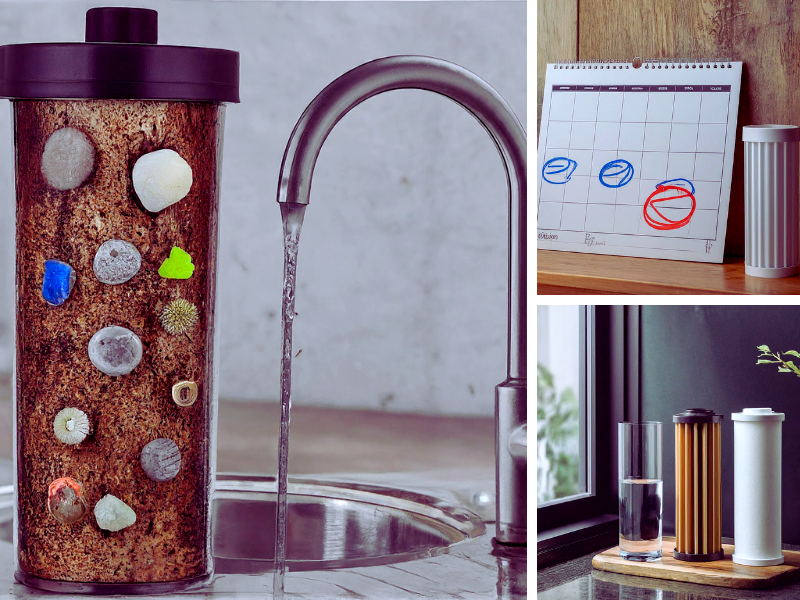
Several factors can affect the life of an inline filter. One of the biggest is the quality of the water being filtered. Regular replacement of water filter cartridges is essential to prevent clogs and maintain optimal water flow rates. Water with high levels of contaminants will clog the filter faster and reduce its life. Also, the amount of water being filtered plays a role. A filter in a high-water-usage household will need to be replaced more often than one in a low-water-usage household.
Another factor to consider is the type of filter. Carbon filters, for example, need to be replaced every 6-12 months, depending on usage. Sediment filters may need to be replaced more often, especially if the water supply has a lot of particles. Reverse osmosis systems have multiple filters, each with its replacement schedule.
Manufacturer's Guidelines
Always follow the manufacturer’s guidelines for replacing your inline water filters. These guidelines are based on testing and are designed to get the best performance and water quality. Most manufacturers recommend replacing carbon filters every 6-12 months and sediment filters every 3-6 months.
Reverse osmosis systems have more complex maintenance requirements with each stage of the system needing to be replaced at different intervals. For example, the pre-filter may need to be replaced every 6 months and the membrane every 2-3 years. Following the manufacturer’s guidelines will get you the most out of your water filter system and ensure your water is always safe to drink.
Signs Your Filter Needs Replacing

There are several signs your inline water filter needs to be replaced. One of the most obvious is a change in the taste or odor of your water. If your water tastes or smells different it may be a sign the filter is no longer removing contaminants. Another sign is a decrease in water pressure. If you notice the water flow from your tap has decreased it may be because the filter is clogged.
Other signs your filter needs to be replaced are visible particles in the water, a change in water color, or an increase in harmful contaminants. Testing your water quality regularly will help you know when to replace your filter.
Cost-Effective Replacement Strategies
Replacing your inline water filters regularly can be expensive but there are ways to make it more cost effective. One is to buy replacement filters in bulk. Many manufacturers offer discounts for buying multiple filters at once which can save you money in the long run. Another is to invest in a high-quality water filter system that has a longer life and less frequent replacements.
Maintenance can also extend the life of your filters. For example, cleaning the filter housing and pre-filters can prevent clogging and reduce the need for frequent replacements. Using a water softener can also reduce the amount of sediment and particles in your water which can extend the life of your filters.
Benefits of Regular Filter Replacement
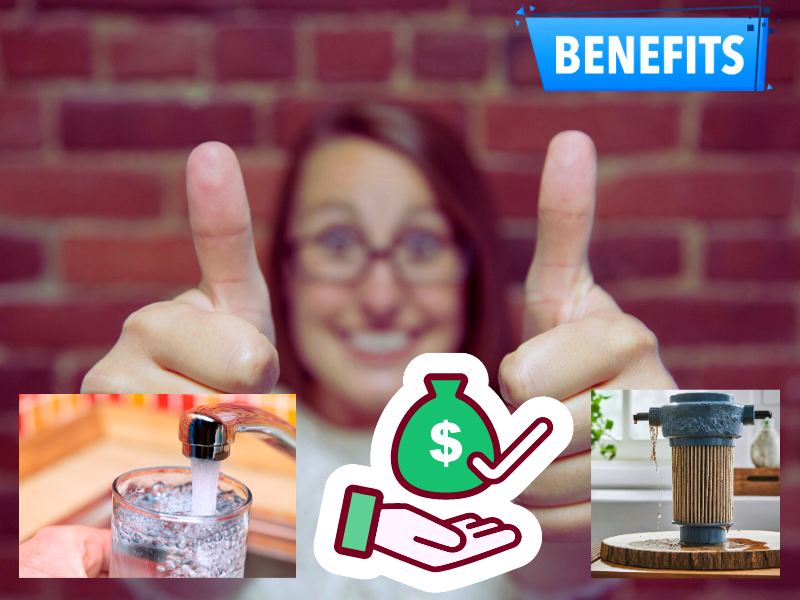
Replacing your inline water filters regularly has many benefits. The most obvious is better water quality. New filters are more effective in removing contaminants so your water is safe to drink. Regular replacement also maintains optimal water pressure and flow rate so your water filtration system is more efficient.
Another is cost savings. While replacing filters can be expensive it’s more cost-effective in the long run. Clogged or worn-out filters can damage your water filtration system and cost you more repairs or replacements. Regular maintenance and replacement can prevent these issues and extend the life of your system.
Practical Examples and Case Studies
Let's look at a practical example to illustrate the importance of regular filter replacement. John, a homeowner, installed a whole house water filter system to ensure his family had access to clean water. He followed the manufacturer's guidelines and replaced the carbon filter every six months. However, he noticed a decrease in water pressure after three months. Upon inspection, he found that the sediment filter was clogged and needed to be replaced.
By replacing the sediment filter more frequently, John maintained optimal water pressure and ensured his water was always clean. This example highlights the importance of understanding the specific needs of your water filtration system and adjusting your maintenance schedule accordingly.
Summary
Inline water filters are necessary for clean and safe drinking water. The life of these filters can vary depending on the type of filter, the quality of water being filtered, and the amount of water used. Regular maintenance and following the manufacturer’s guidelines are key to optimal performance and water quality. Knowing the specific needs of your water filtration system and adjust your maintenance schedule accordingly will have safe drinking water always.
Keep up with the latest water filter tips and offers, and subscribe to our newsletter today!
FAQs
How often should I replace my inline water filter?
Replacement frequency depends on the type of filter and the quality of water being filtered. Carbon filters need to be replaced every 6 months to a year while sediment filters need to be replaced every 3 to 6 months. Reverse osmosis systems have multiple filters each with its replacement schedule.
What are the signs my inline water filter needs to be replaced?
Signs your filter needs to be replaced are a change in taste or odor of water, a decrease in water pressure, visible particles in the water, a change in water color, or an increase in harmful contaminants.
How can I save when replacing my inline water filters?
Buying filters in bulk, investing in a good water filter system, and regular maintenance can help you replace your inline water filters more economically. Cleaning the filter housing and pre-filters can prevent clogging and reduce the need for frequent replacements.
